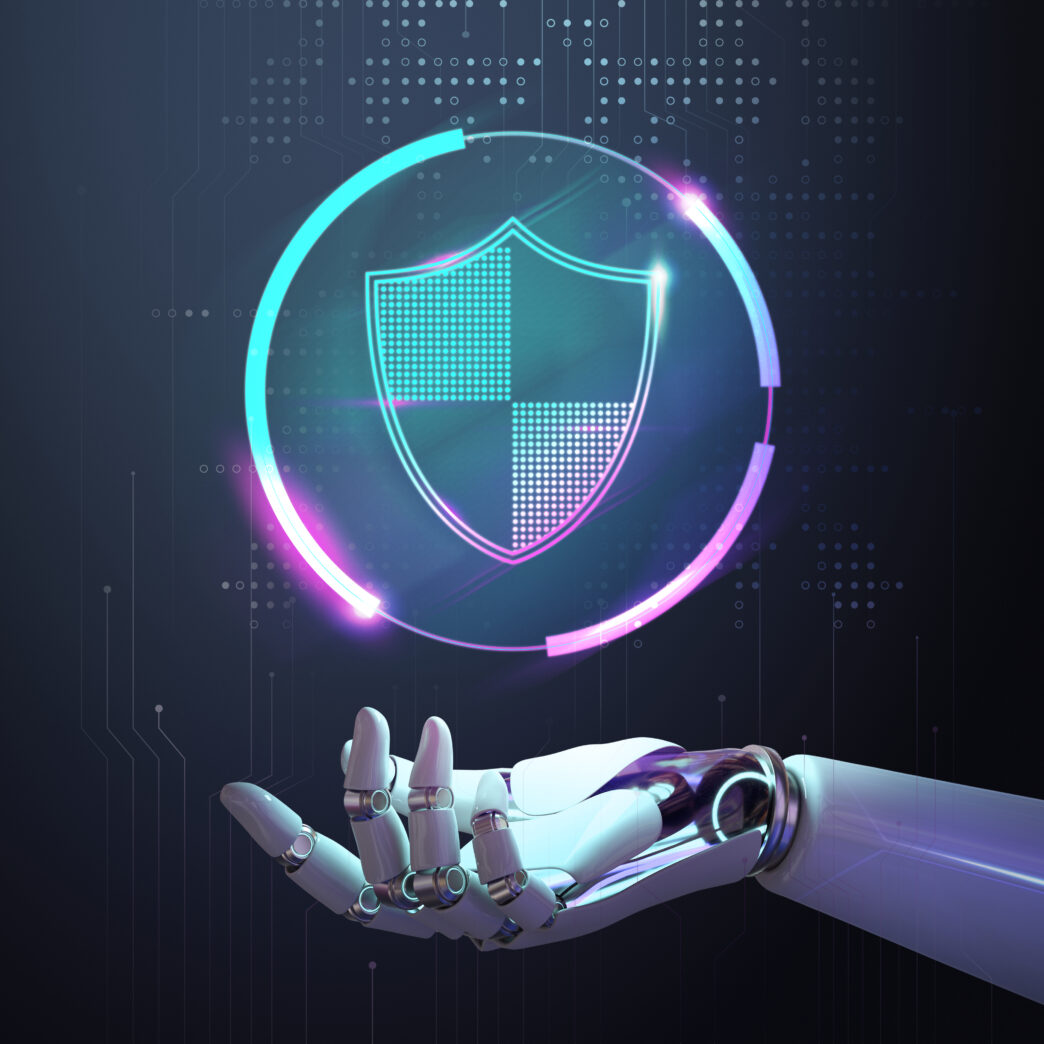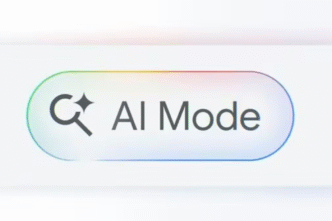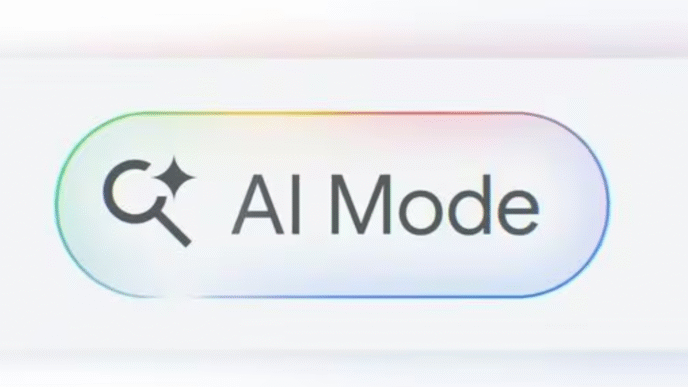In a digital world where cyberattacks are growing more sophisticated by the day, businesses are asking a critical question: Can AI prevent the next big data breach? The answer is increasingly leaning toward yes. While no system is foolproof, AI offers advanced tools that detect threats earlier, respond faster, and minimize damage more effectively than traditional methods. Here’s how AI is reshaping cybersecurity:
1. Real-Time Threat Detection
AI algorithms can monitor network activity 24/7, learning what “normal” behavior looks like. When suspicious actions—like unusual logins or massive data transfers—occur, AI can immediately flag or block them. This reduces the time it takes to detect threats, which is crucial in stopping breaches before they escalate.
2. Predictive Analytics for Cyber Defense
Using historical attack data, AI can predict potential vulnerabilities or likely attack vectors. Platforms like IBM Watson for Cybersecurity analyze billions of data points to forecast attacks, helping companies strengthen their weak spots before they’re targeted.
3. Automated Incident Response
Once a threat is detected, AI can take predefined actions—such as isolating a compromised device, shutting down access, or alerting IT teams. This automation speeds up response times dramatically and prevents breaches from spreading across systems.
4. Adaptive Learning to Stay Ahead
AI systems use machine learning to continually adapt to new threats. As hackers evolve their tactics, AI models learn and update themselves to recognize emerging patterns—something traditional firewalls and antivirus software can’t do effectively on their own.
5. Insider Threat Detection
Not all breaches come from outside. AI can analyze employee behavior to detect insider threats. For example, if an employee suddenly starts downloading large files or accessing restricted systems, AI can raise red flags before damage is done.
6. Phishing and Email Scam Prevention
AI-powered email security tools scan incoming messages for signs of phishing—such as suspicious links, spoofed addresses, or unusual writing styles. By blocking malicious emails, AI significantly lowers the risk of one of the most common causes of data breaches.
Limitations to Consider
While AI enhances cybersecurity, it’s not a silver bullet. Hackers are also using AI to design smarter attacks. That’s why AI must be paired with human oversight, regular software updates, and strong data governance practices.
Conclusion
AI is one of the most powerful tools available today to prevent data breaches. With real-time analysis, predictive capabilities, and automated responses, it significantly strengthens an organization’s cyber defense. While it may not eliminate every threat, AI greatly reduces the risk and impact of cyberattacks—and might just prevent the next big breach before it even begins.











